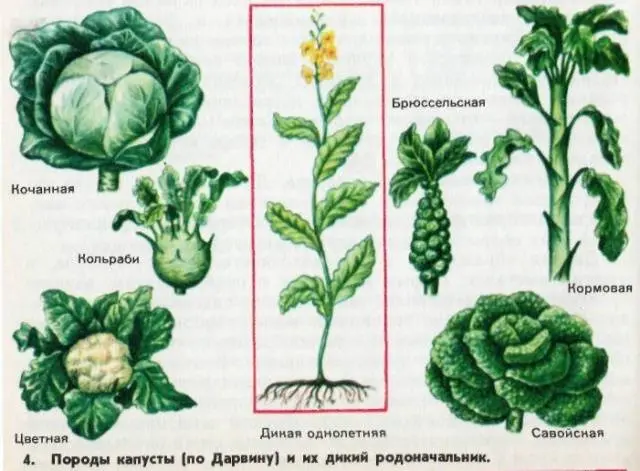Contents
White cabbage belongs to vegetable crops, best acclimatized to the conditions of the middle zone. That is why gardeners and summer residents successfully cultivate it on their plots. In addition, cabbage is one of the main ingredients of traditional Slavic dishes. There is nothing difficult in growing this crop, but it will be possible to collect large elastic heads of cabbage from the beds only for those who have followed the feeding regime – not a single garden crop will ripen without fertilizers.
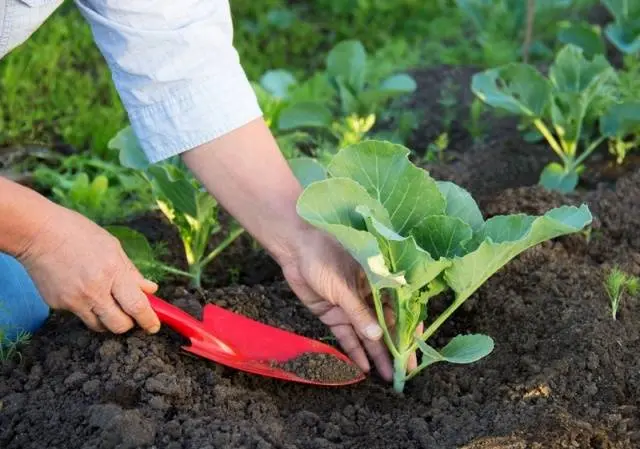
How to feed cabbage seedlings, what fertilizers should be used at various stages of crop growth, and which is preferable: a folk remedy or purchased bioadditives? The answers to all these questions can be found in this article.
How many times per season do you need to fertilize cabbage
Fertilizing cabbage seedlings, as well as the amount and composition of fertilizers, depend on several factors. Among them:
- Vegetable variety. Cabbage with early vegetation periods ripens faster than late-ripening varieties of the crop, therefore, early cabbage will have to be fed fewer times. There are ultra-early hybrid varieties with very short growing seasons – such cabbage will have to be fertilized only a couple of times per season.
- A variety of cabbage. After all, there is not only a white variety, but also kohlrabi, Savoy, Beijing and several other varieties of this vegetable found in domestic gardens. All varieties have their own characteristics, for normal development they need different complexes of fertilizers.

- Soil composition on the site also plays an important role – the poorer the land in the beds, the more organic or mineral components you need to add to it.
- The composition of fertilizers may vary depending on weather conditions: rainfall, air temperature.
What feed the beds in the fall
As practice shows, fertilizing cabbage before winter is more effective than spring fertilizing seedlings. The thing is that in the case of autumn procedures, the fertilizer components have more time for complete decomposition in the soil.
To a greater extent, this applies to phosphorus and potassium, which is so necessary for cabbage to form a head or fork. Cabbage cannot absorb these substances unchanged, in order for the plant to be saturated with potassium and phosphorus, they must change their structure.
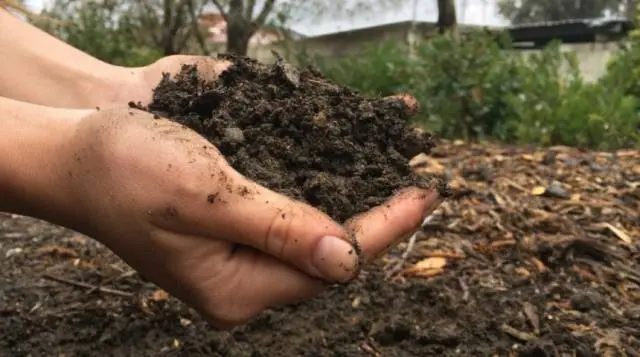
It is necessary to carry out autumn top dressing from digging or plowing the soil on the site. The depth of digging should be somewhere around 40-45 cm – this is approximately equal to the length of the shovel bayonet.
In autumn, gardeners usually use organic fertilizers. Their number per square meter is:
- If top dressing is carried out with cow manure, 7 kg of fertilizer is enough (both fresh manure and rotted manure are suitable).
- When bird droppings are used as a fertilizer, no more than 300 grams are needed.
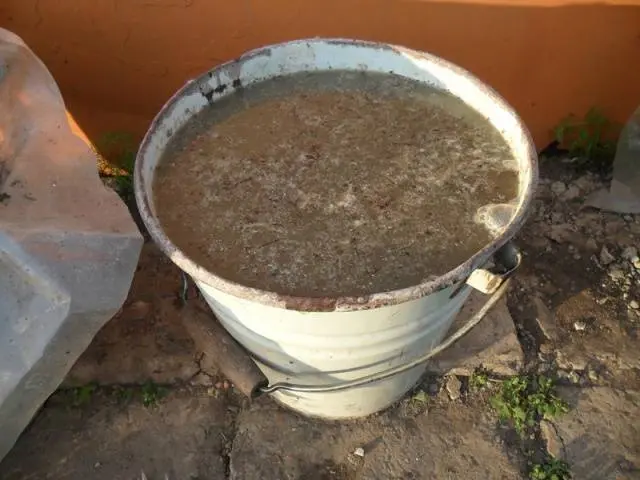
The benefits of organic fertilizers lie not only in the saturation of the soil with microelements, but also in the formation of humus with their help, which is especially necessary for loams and sandy loamy soils.
If the land on the site is fertile, it is better to fertilize it with an NPK complex, which includes nitrogen, phosphorus and potassium.
It is important to understand that an excess of mineral components in the soil is just as dangerous for cabbage as a lack of fertilizer, so you need to strictly follow the recommendations and proportions for preparing mixtures.
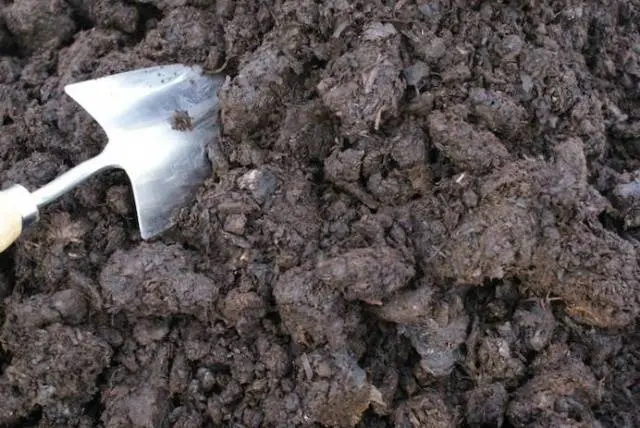
The optimal combination of mineral components for autumn top dressing of land for cabbage is as follows:
- 40 grams of double superphosphate;
- 40 grams of potassium sulfate;
- 40 grams of urea (animal protein.
This amount, dissolved in water, should be enough per square meter of the site.
How to fertilize the soil for seedlings
Due to an incorrect proportion of fertilizer, cabbage can get sick with one of the most dangerous ailments for this crop – a black leg. The disease manifests itself in the appearance of a fungus – a black encircling spot around the lower part of the seedling stem. As a result of the disease, the stem of the plant rots, and the seedlings simply die – it is impossible to save an already infected cabbage.
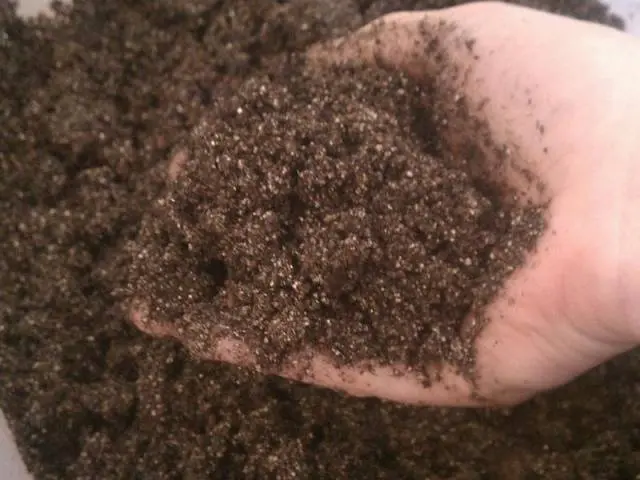
To prevent this and other possible troubles, it is necessary to follow the instructions on the preparations for feeding cabbage seedlings.
It is better to make a substrate for seedlings from the following parts:
- river sand;
- humus;
- sod land.
The components joined together are recommended to be calcined in the oven to disinfect the soil and destroy all bacteria. After this stage, they move on to mineral supplements – for ten liters of substrate you will need:
- A glass of wood ash, which should prevent infection of the seedlings with a fungus and normalize the acidity of the soil.
- 50 grams of potassium sulfate will be needed in dry form.
- It is recommended to add 70 grams of superphosphate not in the form of a powder, but first dissolve the mineral substance in water and pour it over the substrate (this will make phosphorus more “absorbable” for young cabbage).
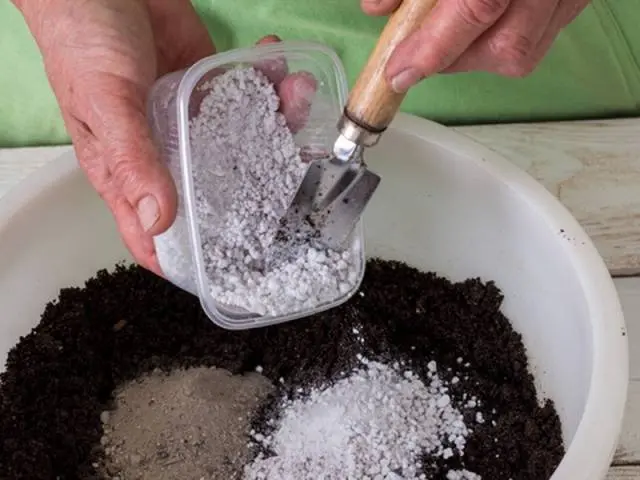
Such soil preparation for sowing seeds is suitable for white cabbage of all varieties and different ripening periods.
Fertilizers for cabbage seedlings
Today, it is customary to grow cabbage seedlings in two ways: with and without a dive. As is known, picking stops the development of plants, because they have to re-acclimatize, take root – this takes some time and is not suitable for those gardeners who seek to harvest as soon as possible.

Many summer residents now use the method of growing cabbage seedlings in cassettes or in peat tablets. So you can germinate the seeds with high quality and in a short time get seedlings with cotyledon leaves. These methods require the mandatory diving of cabbage, because the space in tablets and cassettes is very limited, although it is the most nutritious for seedlings.
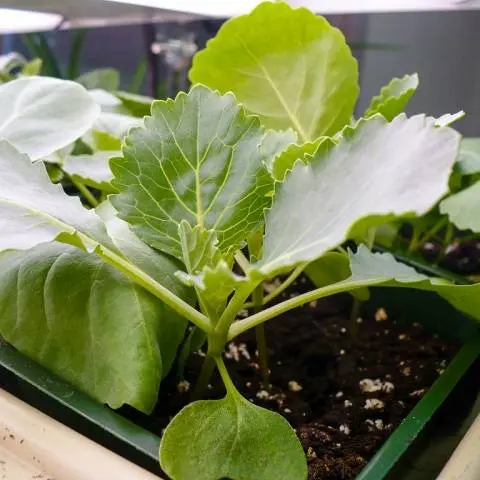
After picking, cabbage seedlings must be fed to stimulate root growth and speed up the process of plant adaptation. Because of this, the total number of top dressings increases, in contrast to the method of growing seedlings without diving.
After picking cabbage, nitrogen, potassium and phosphorus are most needed – these are the ingredients that are introduced into the soil with seedlings. For these purposes, it is convenient to use ready-made fertilizer complexes, but it is quite possible to prepare the composition yourself.
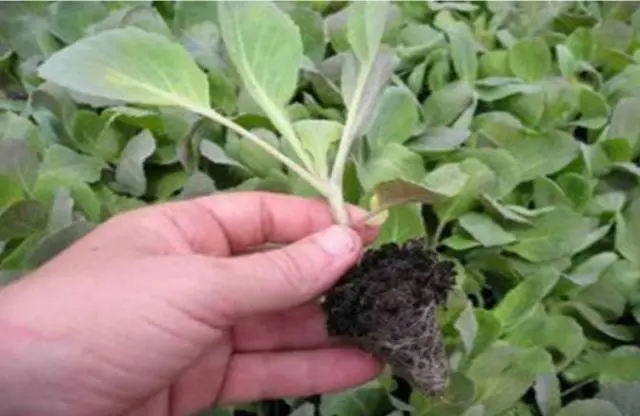
So, if seedlings are grown without a dive stage, she needs:
- During the formation of the second true leaf on the cabbage. Use for this any complex fertilizers. It is best to use the method of spraying seedlings, and not fertilizing with watering. The solution is prepared in a proportion of 5 grams per liter of water. The method of irrigating seedlings improves the absorption of fertilizers, and also reduces the risk of infection of cabbage with fungal diseases.
- Before the seedlings of cabbage begin to harden, it must be fed again. At this stage, plants need nitrogen and potassium, so a mixture of urea and potassium sulfate can be used as a fertilizer – 15 grams of each substance is dissolved in a bucket of water. This top dressing is introduced by watering the land under the seedlings.
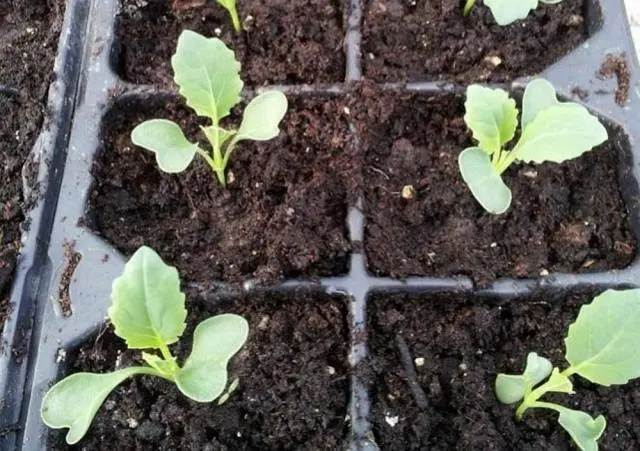
When cabbage seedlings are grown with a pick, she will need such top dressing:
- A week after picking, cabbage seedlings are fed for the first time. To do this, use complex fertilizers dissolved in water in a ratio of 15 grams per liter, or independently prepare a mixture of one-component compounds (potassium sulfate, ammonium nitrate and simple superphosphate).
- 10-14 days after the first fertilizer, a second course is carried out. At this stage, you can use a solution of 5 grams of potassium sulfate, 5 grams of saltpeter and 10 grams of superphosphate.
- A few days before the proposed transplantation of cabbage into the ground, the last dressing of the seedlings is carried out. Now the most important thing is to strengthen the immunity of plants so that they have enough strength and “health” to acclimatize in new conditions. For this reason, the main component of the fertilizer in the third stage should be potassium. This composition is very effective: 8 grams of potassium sulfate + 5 grams of granular superphosphate + 3 grams of ammonium nitrate.
The seedlings transplanted to the garden bed are waiting for a difficult stage of adaptation, so fertilizing after planting cabbage in the ground does not stop. Their frequency and composition depend on the variety and speed of cabbage ripening.
How top dressing depends on the timing of ripening
Fertilizer for early or late cabbage seedlings is no different, but this is only the case while the plants are in the house. Once the seedlings have been transplanted into the ground, the gardener must separate early-ripening varieties from those with long growing seasons, as they need different fertilizers.
So, cabbage of early varieties needs 2-3 top dressings for the entire season, while late-ripening varieties of vegetables will have to be fertilized at least 4 times.
Fertilizers for this can be used complex, combining organic and mineral components.
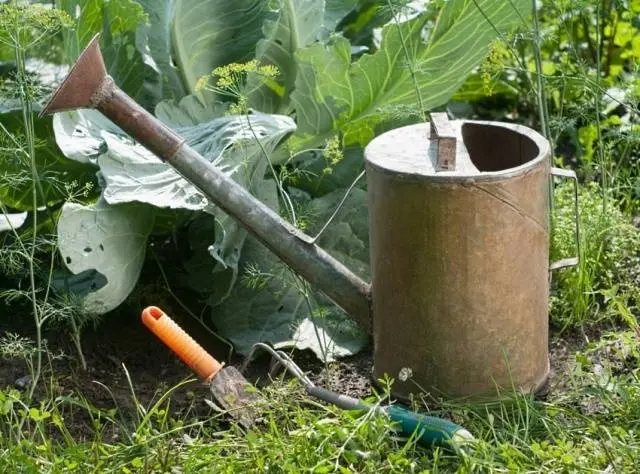
Early ripe varieties are characterized by rapid growth and rapid growth of green mass. In order for plants to have enough nutrients during the growth stage, they need to be introduced into the soil in time.
How and with what to feed the transplanted seedlings of cabbage, first of all, depends on the degree of soil preparation on the site. If organics or a mineral complex were introduced to all the beds in the spring, then it is enough to strengthen the seedlings only with nitrogen-containing compounds, for example, ammonium nitrate or urea. If manure or bird droppings have been dug up with soil in the beds since autumn, then after planting cabbage, complex compositions of mineral fertilizers are used.
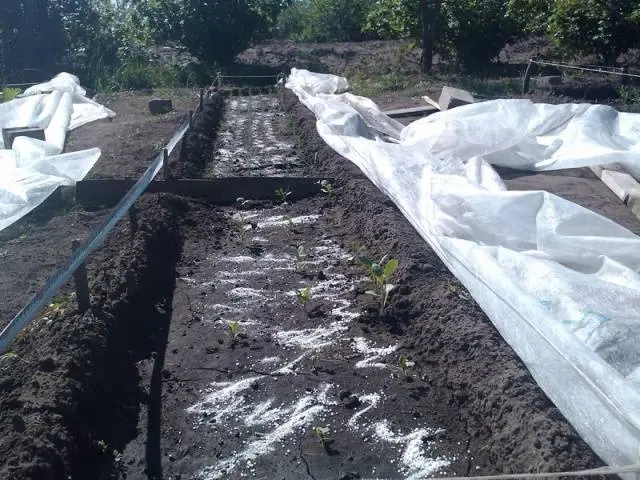
Fertilizer early varieties
Fertilizers for early cabbage are applied in three stages:
- The first time the plants in the garden are fertilized 15-20 days after transplantation. This should be done in the evening when it is cool outside. The earth is thoroughly watered before this. Such safety measures are aimed at protecting the fragile roots of young cabbage from burns. As mentioned above, nitrogen or a mineral complex is used for the first time (depending on soil preparation).
- 15-20 days after the first stage, it is necessary to carry out a second top dressing. For these purposes, it is best to use slurry or a pre-prepared mullein solution. Do it 2-3 days before applying to the beds. To do this, half a kilogram of cow dung is dissolved in a bucket of water, and the solution is allowed to settle.
- The third fertilizer cycle must be foliar. A solution of boric acid should be sprayed with a green mass of bushes. A remedy is prepared from 5 grams of boron dissolved in 250 ml of boiling water. The cooled mixture is poured into a bucket of cold water and the cabbage is processed. This should be done when there is no sun: in the early morning, in the evening or on a cloudy day. Boron is able to prevent cracking of the forks, and if they are already deformed, 5 grams of molybdenum ammonium is added to the composition.
For cabbage, which grows not in the garden, but in the greenhouse, one more, additional top dressing is needed. It is performed as follows: 40 grams of potassium sulfate and a half-liter jar of wood ash are diluted in a bucket of water. It is necessary to carry out fertilizer with such a composition a few days before harvesting. The active substances of the last feeding help to improve the keeping quality of cabbage heads.
Late cabbage fertilizer
Late-ripening varieties need two more additional feedings:
- With the use of mineral components.
- With the addition of cow dung or baker’s yeast.
You need to prepare the compositions in the same way as for early ripening cabbage. However, it must be borne in mind that the root system of late cabbage is slightly weaker than early-ripening species, the roots must be strengthened with a larger dose of phosphorus and potassium. The proportions of these components need to be increased.
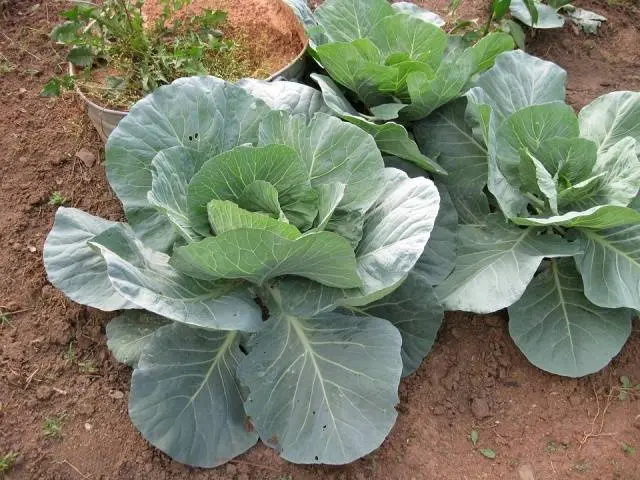
A big problem for autumn varieties of cabbage is pests and fungal infections. To combat these ailments, it is customary to use wood ash, with which gardeners “powder” the leaves. If it is important to preserve the presentation of heads of cabbage, the ashes can be replaced with salt baths – between dressings, the bushes are watered from a watering can with salt water (10 g of salt is taken per 150 liters).
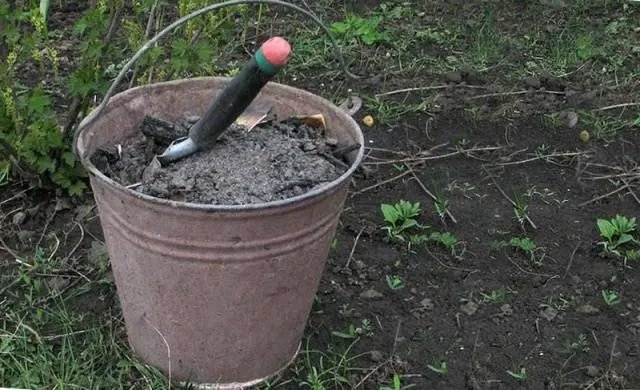
In order not to saturate heads of cabbage with nitrates and insecticides, farmers often use folk remedies. To combat insects, you can use herbal infusions of celandine, burdock and wormwood. In addition, celandine is able to additionally protect cabbage from late blight.
Results and conclusions
Growing cabbage seedlings at home, no doubt, increases yields and improves the quality of the product. But in order for the seedlings to be strong and viable, you need to be able to properly feed them, because both the lack of minerals and their excess are detrimental to delicate plants.
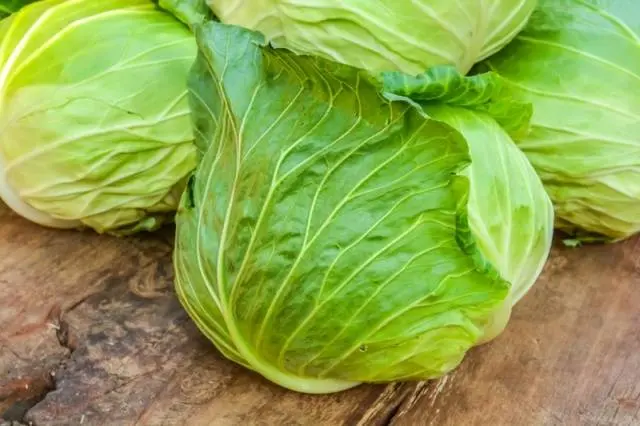
After transplanting the seedlings into the ground, feeding is not stopped, on the contrary, the gardener must strictly follow the fertilizer application schedule. This is the only way to grow large and tight heads of cabbage that can be stored for a long time and will not crack.










